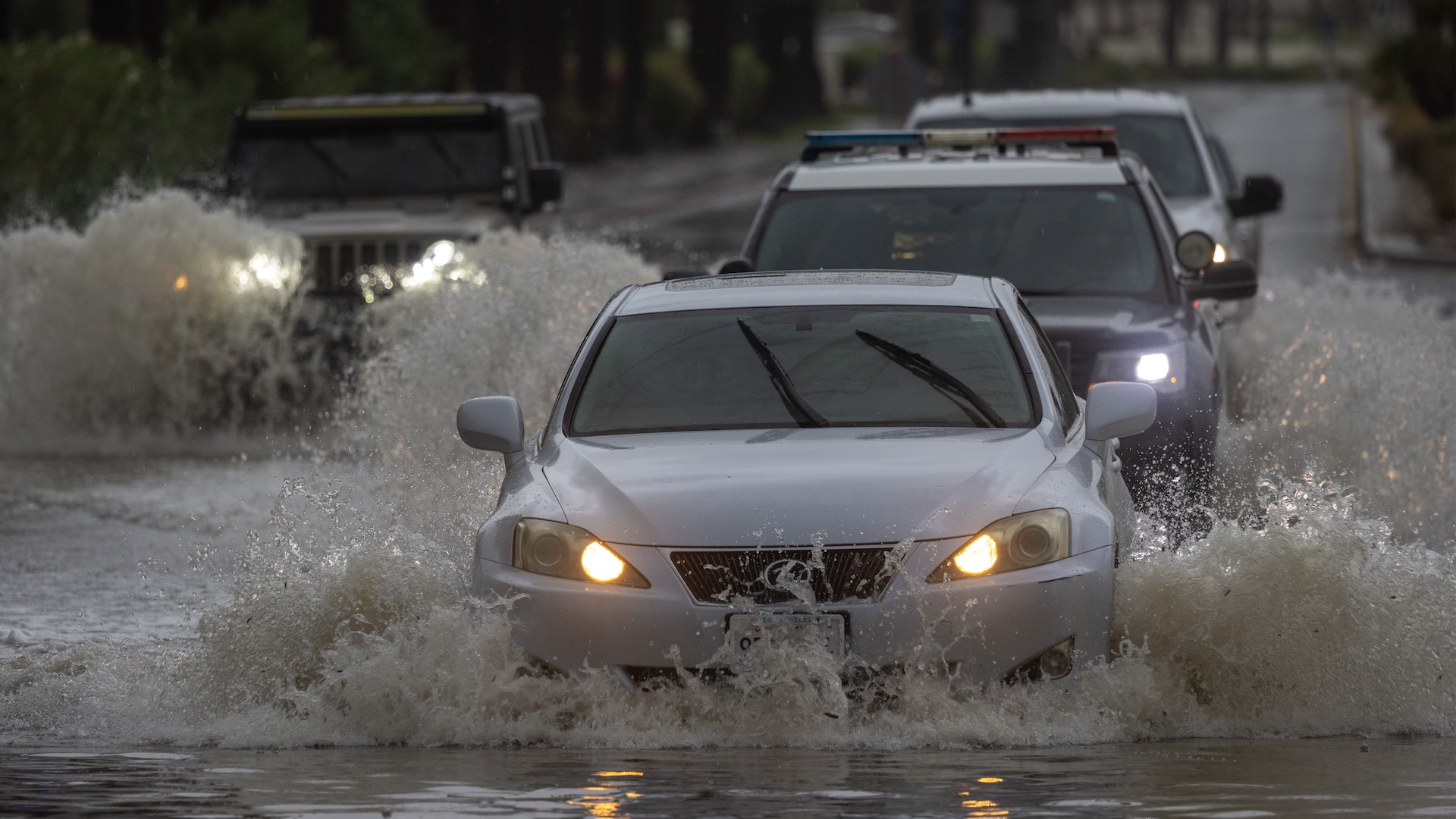All El Niños will be extreme if climate change isn't slowed, study suggests
In a warmer world, every El Niño could look like today's most extreme events.

Extreme El Niño events may become the new normal, new research suggests.
During these strong El Niños, the west coast of South America experiences heavy rainfall that can lead to floods and landslides, while western Pacific landmasses such as Indonesia and Australia undergo periods of drought.
The world is on track to warm 5.2 degrees Fahrenheit (2.9 degrees Celsius) by 2100 if current greenhouse gas emission trends continue, according to a 2023 United Nations report. But the new modeling study suggests that if the planet warms a little more than that — 6.6 F (3.7 C) — 90% of El Niños will rival the strongest ones on record, such as the El Niño that occurred between 1997 and 1998. That El Niño was responsible for 23,000 deaths and billions of dollars in damage due to storms, droughts, floods and disease outbreaks caused by flooding, according to a 1999 estimate published in the journal Science.
"If we would end up in a state where each El Niño is an extreme eastern Pacific El Niño, this would just have huge social economic impacts in the Pacific region," said the study's lead author, Tobias Bayr, who conducted the research while a scientist at the GEOMAR Helmholtz Centre for Ocean Research in Germany.
The effect of climate change on the El Niño and La Niña cycle has been hotly debated. Some early models suggested that a warming world might be in a permanent state of El Niño, in which the trade winds that blow around the equator weaken and the waters of the eastern Pacific get warmer.
This ocean warming has broad-ranging climate and weather impacts. Heat from the water leaks into the atmosphere, raising average global temperatures. The jet stream over North America moves southward, drying the Pacific Northwest and causing increased rainfall in the southern portion of the U.S. Some of the most dire impacts are in the Southern Hemisphere, with extreme precipitation in South America and drought and wildfire on the opposite side of the Pacific.
Sign up for the Live Science daily newsletter now
Get the world’s most fascinating discoveries delivered straight to your inbox.
Not all climate models agreed that a permanent El Niño was baked in by climate change, though, Bayr told Live Science. He and his colleagues used a climate model that is particularly good at representing the complex patterns of the El Niño/La Niña cycle. They found that warming did not cause permanent El Niño but rather stronger and more frequent El Niño conditions.
Under today's conditions, the model predicted eight or nine extreme El Niños per century. ("Extreme" El Niños are defined by the amount of precipitation in the mid-tropical Pacific during the Northern Hemisphere's winter.) With 6.6 F of warming, this number skyrocketed to 26 extreme El Niños every 100 years, on a nearly regular four-year oscillation. In these conditions, the researchers found, 90.4% of El Niños would be extreme by today's standards. These extremes are due to extra-warm conditions in the eastern Pacific over the equator, the model showed.
The findings, published July 4 in the journal Geophysical Research Letters, come from just one model, Bayr cautioned, so they need to be confirmed in other climate models. But the study reopens the question of whether El Niño is a "tipping point" in the climate system. Climate tipping points are conditions that change rapidly in new climate conditions but don't easily flip back if the temperature cools again. The new research suggests this could be the case for El Niño, which wouldn't recover to a more "normal" pattern for more than a century if it flipped to an all-extreme version of the cycle, Bayr and his colleagues wrote.
"It has a really very different behavior in the colder and the warmer climate and therefore we say that there is a tipping point-like behavior," Bayr said. "It would be good if other institutes could also do similar experiments and investigate if other models show a similar behavior."

Stephanie Pappas is a contributing writer for Live Science, covering topics ranging from geoscience to archaeology to the human brain and behavior. She was previously a senior writer for Live Science but is now a freelancer based in Denver, Colorado, and regularly contributes to Scientific American and The Monitor, the monthly magazine of the American Psychological Association. Stephanie received a bachelor's degree in psychology from the University of South Carolina and a graduate certificate in science communication from the University of California, Santa Cruz.









